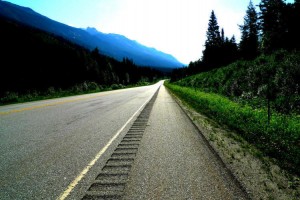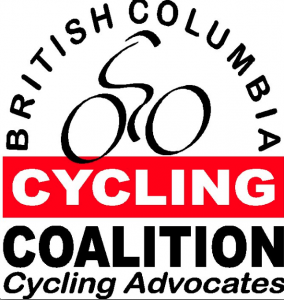Our CBEL poster!
What did your team contribute to the community you served?
In our previous blogs, we mentioned that BCCC would use our report as a reference to influence the government. BCCC’s goal is to influence the policy makers to construct a more bicycle-friendly environment especially on highways. Rumble strips is problematic on highways and our report really focused on this issue. In this way, our report could contribute to the community as the reference of a proposal for a better change for cyclists.
In the long term, if British Columbia have a better biking environment, more people would choose using bicycles instead of vehicles, the carbon footprint could be decreased and the effects of climate change would be slowed.
What did you learn about project context, planning, and implementation?
The project context mainly focuses on the relation between rumble strips, motorists, and cyclists, our task is to trying to figure out the best possible way to benefit all three of them.
Planning should be implemented by the whole team, and our team has done a really good job on this. We clearly assign tasks prior to start working on the task and the team members are clear of what their duties are. This can greatly improve our efficiency and most importantly, increase the quality as well.
To start implementing a task always seems pretty difficult, but a good planning beforehand is found to be very useful. Also, one should not hesitate when he/she has decided to start, the hesitation process can be time consuming and worthless. Therefore, a sharp mind is the fundamental of a “job well done.”





